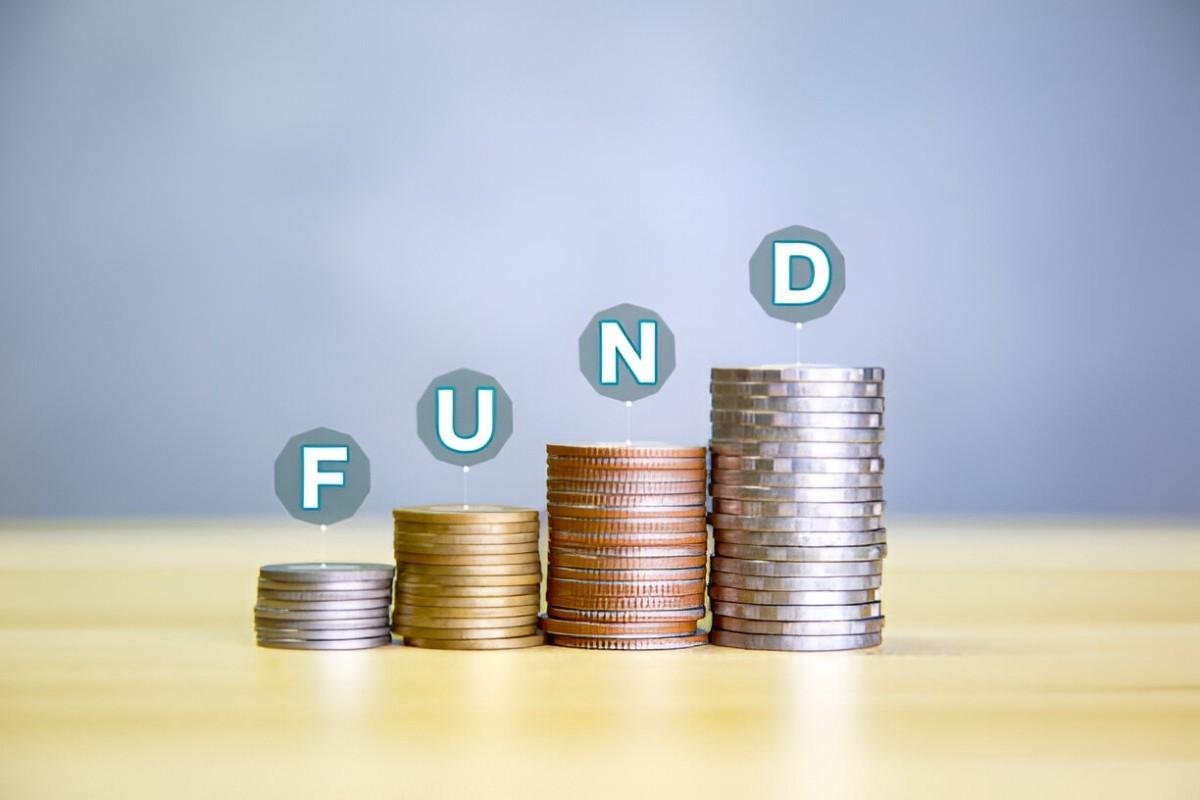As a finance expert, I often encounter investors who confuse mid-cap funds with mutual funds. While related, they are not the same. Mid-cap funds are a subset of mutual funds, specializing in medium-sized companies. In this article, I dissect the differences, similarities, and strategic roles each plays in a portfolio.
Table of Contents
Understanding Mutual Funds
A mutual fund pools money from multiple investors to buy a diversified portfolio of stocks, bonds, or other securities. The fund is managed by professionals who allocate assets based on the fund’s stated objective. Investors receive shares proportional to their investment.
Key Features of Mutual Funds
- Diversification: Reduces risk by spreading investments.
- Professional Management: Fund managers make buy/sell decisions.
- Liquidity: Shares can be redeemed at the current Net Asset Value (NAV).
- Variety: Funds can focus on stocks, bonds, sectors, or market caps.
The NAV is calculated as:
\text{NAV} = \frac{\text{Total Assets} - \text{Total Liabilities}}{\text{Number of Outstanding Shares}}What Are Mid-Cap Funds?
Mid-cap funds invest in medium-sized companies, typically with market capitalizations between $2 billion and $10 billion. These firms are often in growth phases, offering higher potential returns (and risks) than large-cap stocks but more stability than small-caps.
Why Mid-Cap Funds?
- Growth Potential: Mid-sized companies can expand faster than large firms.
- Market Efficiency: They are less covered by analysts, creating mispricing opportunities.
- Diversification: They balance risk between volatile small-caps and steady large-caps.
Comparing Mid-Cap Funds and Mutual Funds
| Feature | Mutual Funds (General) | Mid-Cap Funds (Subset) |
|---|---|---|
| Scope | Broad (any asset class) | Focused (mid-cap stocks) |
| Risk | Varies by type | Moderate to high |
| Returns | Market-dependent | Historically strong |
| Liquidity | High | High |
Example: Calculating Returns
Suppose I invest $10,000 in a mid-cap fund with an annual return of 12\%. After 5 years, the future value (FV) is:
FV = P \times (1 + r)^n = 10000 \times (1 + 0.12)^5 \approx 17,623Performance Analysis
Historically, mid-cap funds outperform large-cap funds over long periods but with higher volatility. According to Morningstar (2023), the average mid-cap growth fund returned 9.8\% annually over the past decade, versus 8.1\% for large-cap funds.
Risk Metrics
- Standard Deviation (σ): Mid-cap funds often have a σ of 18-22\%, compared to 12-15\% for large-caps.
- Sharpe Ratio: Measures risk-adjusted returns. A higher ratio means better compensation for risk.
\text{Sharpe Ratio} = \frac{R_p - R_f}{\sigma_p}
Where:
- R_p = Portfolio return
- R_f = Risk-free rate
- \sigma_p = Portfolio standard deviation
Tax Implications
Mid-cap funds, like all equity mutual funds, are subject to:
- Capital Gains Tax: 15% for holdings >1 year (long-term), ordinary income rates for <1 year (short-term).
- Dividend Tax: Qualified dividends taxed at 15%-20%.
Who Should Invest?
Mid-cap funds suit investors who:
- Have a moderate risk tolerance.
- Seek growth over 5+ years.
- Can handle short-term volatility.
Common Misconceptions
- “Mid-cap funds are safer than small-caps.”
While generally true, they still carry substantial risk. - “All mutual funds are the same.”
Asset allocation, fees, and management style vary widely.
Final Thoughts
Mid-cap funds are a specialized type of mutual fund, not synonymous with mutual funds as a whole. They offer a balance of growth and risk, making them a strategic choice for diversified portfolios. Before investing, I always assess fees, historical performance, and alignment with financial goals.





